10 Native Vines to Attract Butterflies in North America
Native vines are an important but often overlooked component of butterfly habitat. Many vines serve as larval host plants (food sources) for caterpillars.
They provide cover for butterflies and caterpillars, and the flowers provide nectar for butterflies (and many other pollinators, including hummingbirds).
Most native vines also have attractive foliage and colorful flowers that would provide an aesthetically-pleasing addition to your site’s landscaping.
Spring is generally the best time to install native plantings, so if you’d like to add vines for pollinators, now is the time!
Here are 10 examples of native vines you could plant to attract butterflies in North America:
- Dutchman’s pipe (Aristolochia spp.)
- Trumpet creeper (Campis radicans)
- Coral honeysuckle (Lonicera sempervirens)
- Passionflower (Passiflora spp.)
- Pipevine (Aristolochia macrophylla)
- Virginia creeper (Parthenocissus quinquefolia)
- Virgin’s bower (Clematis virginiana)
- Carolina jessamine (Gelsemium sempervirens)
- American wisteria (Wisteria frutescens)
- Crossvine (Bignonia capreolata)
It’s important to remember that these examples are not native to all of North America, so when choosing vines to plant, you should always choose species that are native to your region. Also, some species like coral honeysuckle and American wisteria have non-native, invasive counterparts, so you should be sure that you’re planting the native vine species.
If you’re outside of North America, we encourage you to consult with local native plant experts to select appropriate native vine species.
If you would like specific recommendations for your site, please contact a WHC Biologist or your local Cooperative Extension agent.
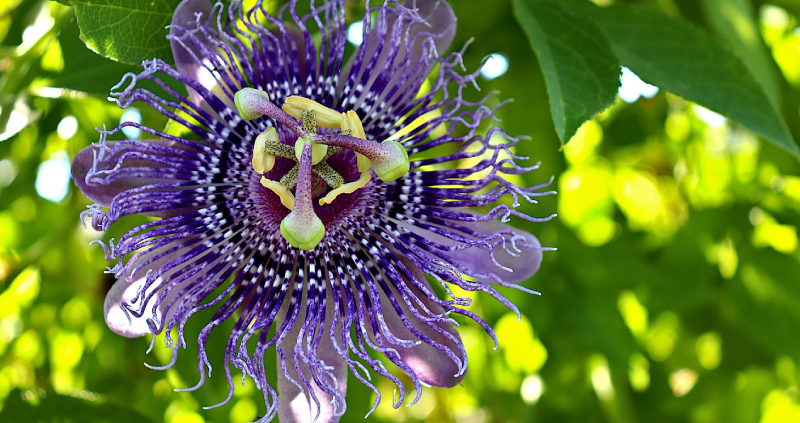
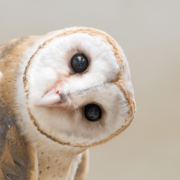
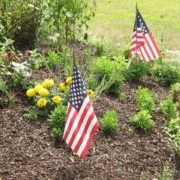
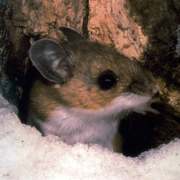
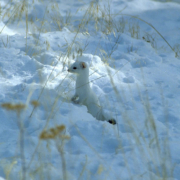
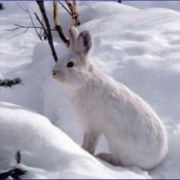
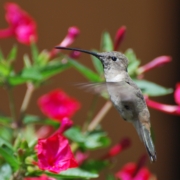

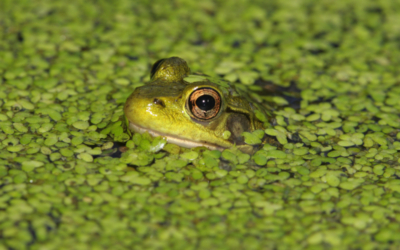
To this list I would add Fox Grape (Vitis labrusca) and Riverside Grape (V. riparia), both of which are native to the region I am from (New England), and are edible by people (i.e., the ripe fruit and young leaves) as well as beneficial insects and other wildlife.
Thanks, Russ, that’s a great suggestion! We have some native Vitis species in the Mid-Atlantic region as well, although it’s important to remember that they can sometimes be aggressive competitors with other native species.